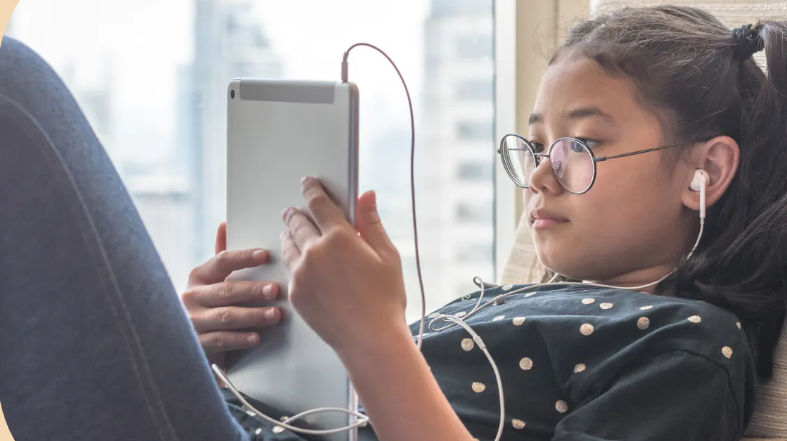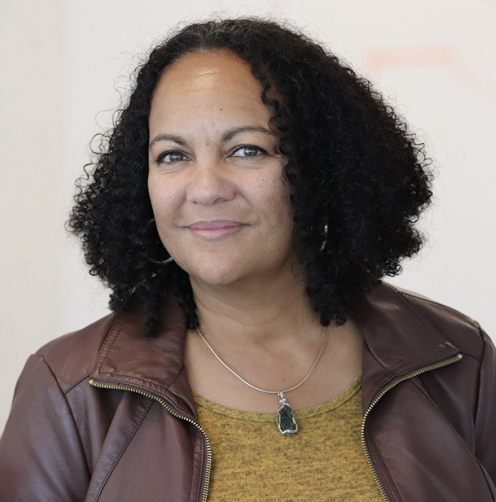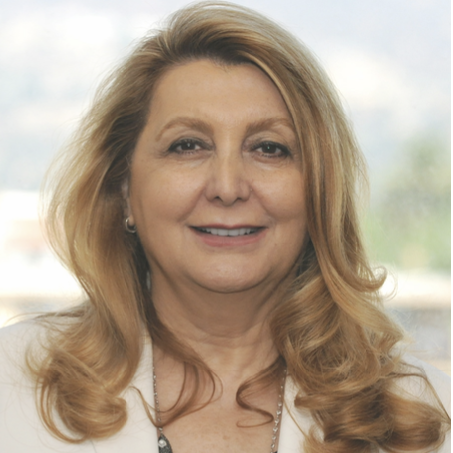
- This event has passed.
Promising High-Tech/High-Touch Solutions for Back to School

During this webinar, part of our Learning Loss Recovery series, Lisa Roy, Director of Program Development with the Buffett Early Childhood Institute, moderated a discussion of leading superintendents who are innovating “high-tech and high-touch” approaches to ensure that the most vulnerable children get the access they need to address unfinished learning and stay on track as they begin a new school year in this challenging time of COVID-19.
Dr. Christopher Blair, Superintendent of the Bullock County School System in southeastern Alabama, spoke about his district’s data-informed decision to start the new school year in a 100% virtual format. All students are guaranteed internet access through the Alabama Broadband Connectivity initiative, and the district is providing laptops and hotspots for every student in need. Using the Schoology learning management system, schools are integrating technology and content and providing access to parents, along with guidance and training to keep them engaged in their children’s learning. Through the district’s broad outreach, Dr. Blair reports an even higher level of parent engagement in this virtual setting.
Dr. Vivian Ekchian, Superintendent of the Glendale Unified School District in Southern California, posed the key question that her district and all educators are grappling with at the start of the new school year: “Are we willing to use this opportunity to create the kind of educational system we want?” Ekchian and her colleagues have received national recognition for their development of “technology learning pods” where students whose parents are unable to stay home can come together in classrooms in small groups to engage in remote learning and receive supervision and support from district staff. The district is also providing two meals a day for pick up by eligible families and parent trainings on distance learning resources.
TJ Parks, Superintendent of Hobbs Municipal Schools in southeastern New Mexico, spoke about the unique challenges of being a district close to a state border (Texas) where the two states’ coronavirus protocols are vastly different. Based on state guidance, his district started the year 100% virtual and all students were provided hotspots along with either a laptop or tablet to engage in remote learning. Recently, schools have been able to resume some in-person learning for PreK through third grade: one day a week where teachers work with groups of five students. Parks shared that the district made the important decision to hire public relations staff to shape messages and resources that respond to the parent perspective and gain the attention of other stakeholders to build support for the remote learning process.
The superintendents also engaged in a discussion about their districts’ response to the alarming drop in kindergarten enrollment, experienced nationwide. All three leaders spoke about extensive outreach through community groups and faith-based organizations, along with multiple phone calls to check in with parents and remind them to register their children. These “high-touch” efforts build trust with parents and enable them to access the technology that is essential for this year’s return to school.
Panel





